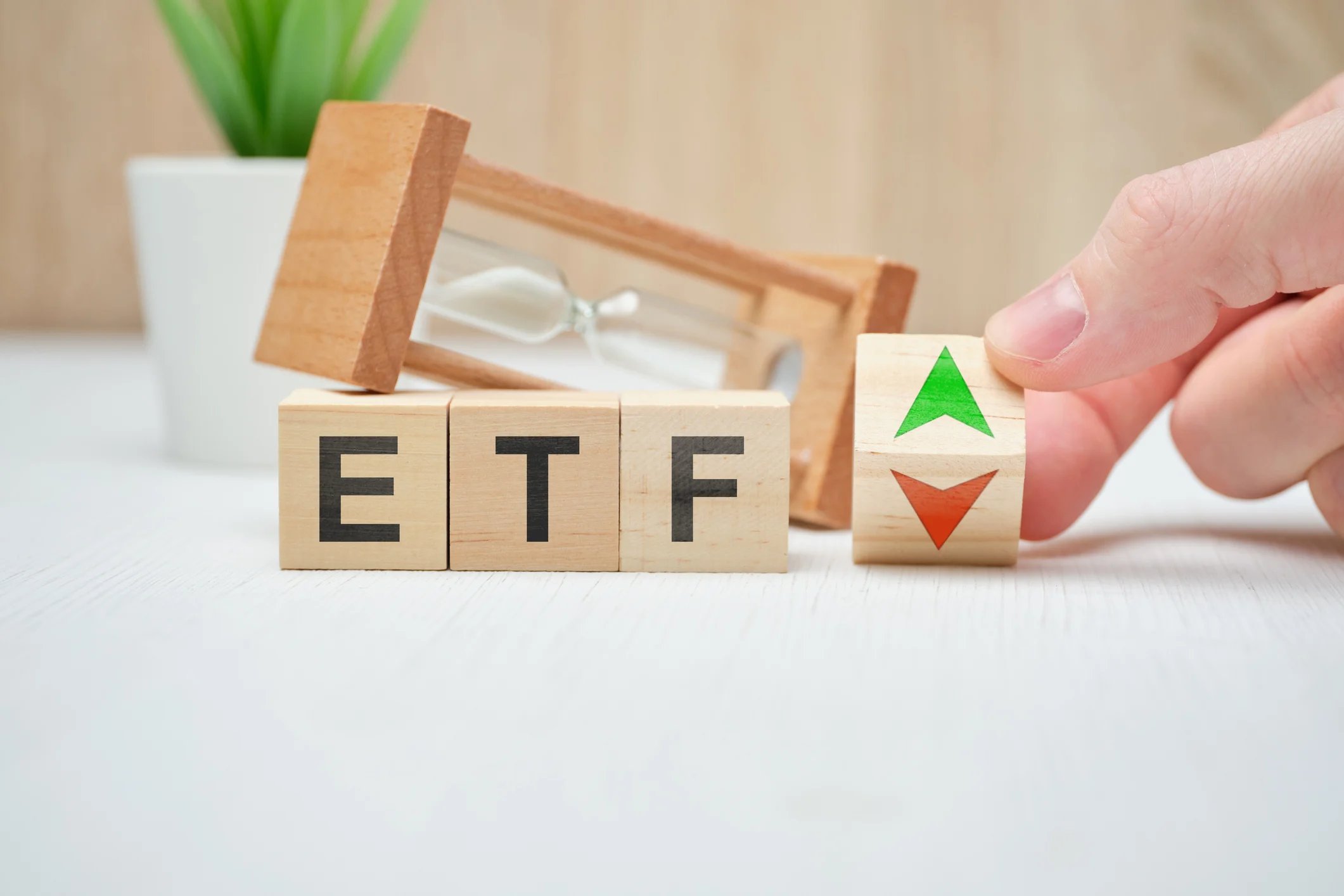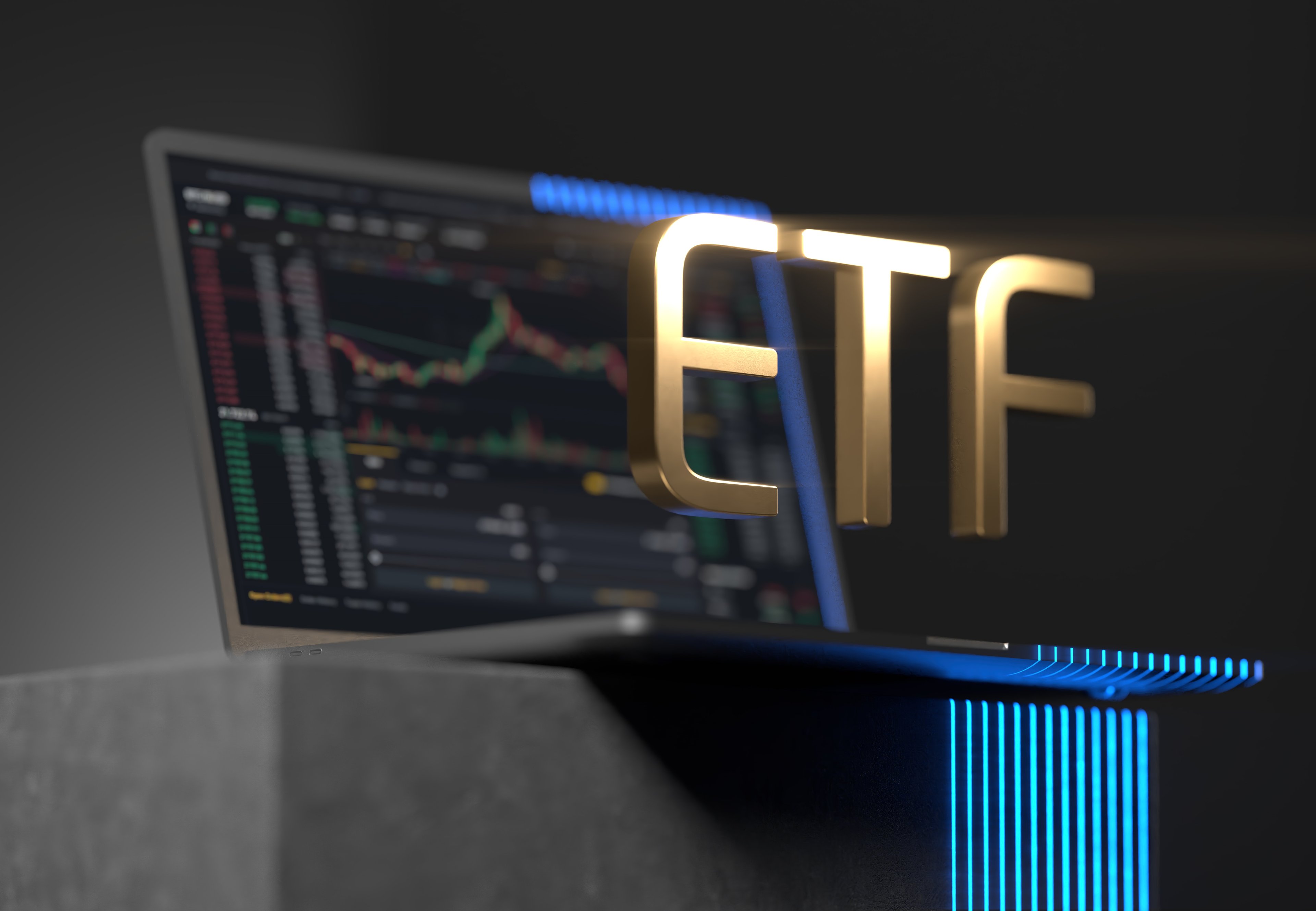Suppose you want to diversify stock-specific risk by buying exchange-traded funds (ETFs), which hold multiple positions in assets, and generate income. In that case, these three ETFs might be an excellent fit for your portfolio. Here's a quick look -- including risk assessment -- at why the JPMorgan Equity Premium Income ETF (JEPI 0.49%), the Global X MLP ETF (MLPA +0.48%), and the Vanguard Total Corporate Bond ETF (VTC 0.04%) are great options for investors.
JPMorgan Equity Premium Income ETF: Yield 7.3%
This ETF offers retail investors access to an investment strategy that isn't easy to replicate. The ETF invests at least 80% of its assets in equities and up to 20% in equity-linked notes (ELN) that sell call options on the S&P 500 index. The first part of the strategy gives investors broad-based exposure to equities, but note that the ETF's managers do not buy equities based on yield, a plus because it means investors won't be overexposed to stocks or sectors carrying high yield (such as energy), and underexposed to stocks or sectors with low yield (technology).
While the equity strategy does receive dividends, which it can distribute to investors, the real income comes from the monthly premiums from the ELN strategy. Buying a call option on the S&P 500 means paying a premium for an option to buy the index at a certain price within a fixed date. It's a bullish strategy to take advantage of a rising S&P 500. Alternatively, selling a monthly call option (as the ETFs ELNs give exposure to) is a strategy that benefits from a falling S&P 500 or a moderately positive one over the month.
Working together, these strategies ensure monthly income when the market falls heavily (from equity dividends and ELN premiums) and rises moderately. However, when the market rises strongly, the ELN strategy loses money, offset by gains in the equities. The result is a reliable stream of income and relatively low volatility on both the downside and the upside.
Global X MLP ETF: Yield 7.3%
This ETF invests in master limited partnerships (MLPs) in the midstream pipeline and storage facility sectors, giving investors exposure to energy markets. It currently holds 20 midstream and downstream MLPs.
While many pipeline companies laud the benefits of long-term contracts with customers and the lack of exposure to energy prices, a sharp drop in energy prices could lead to a cut in production in the regions served by the pipelines. Moreover, declining demand will negatively impact its customers' willingness to sign new contracts.
That said, there's no issue with declining demand now, and no shortage of interest in securing energy to serve the power industry needs to be driven partly by data center demand as AI applications boom. Moreover, the new administration's determination to fully support the U.S. energy industry is a major plus, not least for energy exporters.
This ETF finds itself in a sweet spot in the economy right now, and while the clean energy transition is still taking place, fossil fuels will be a part of the energy mix for decades to come.

Image source: Getty Images.
Vanguard Total Corporate Bond ETF: Yield 4.5%
This ETF has an unusual ETF of ETFs structure in which it invests in three investment-grade Vanguard ETFs, namely the Vanguard Intermediate-Term Corporate Bond ETF, the Vanguard Short-Term Corporate Bond ETF, and the Vanguard Long-Term Corporate Bond ETF. All three ETFs hold corporate bonds with no lower than an investment grade BBB rating.
Consequently, this corporate bond ETF holds relatively low-risk assets and trades on a 4.5% yield. However, that's not the key argument for buying the ETF. Instead, investors should consider that if the Federal Reserve is successful in its efforts to lower Treasury rates, investors are likely to buy more corporate bonds as they are getting a lower yield from Treasury yields.
As such, the price of corporate bonds and this ETF will rise. The chart above shows this ETF and the benchmark 10-year Treasury yield are inversely rated. So, if you don't want to fight the Federal Reserve, then this is a good way to invest.







